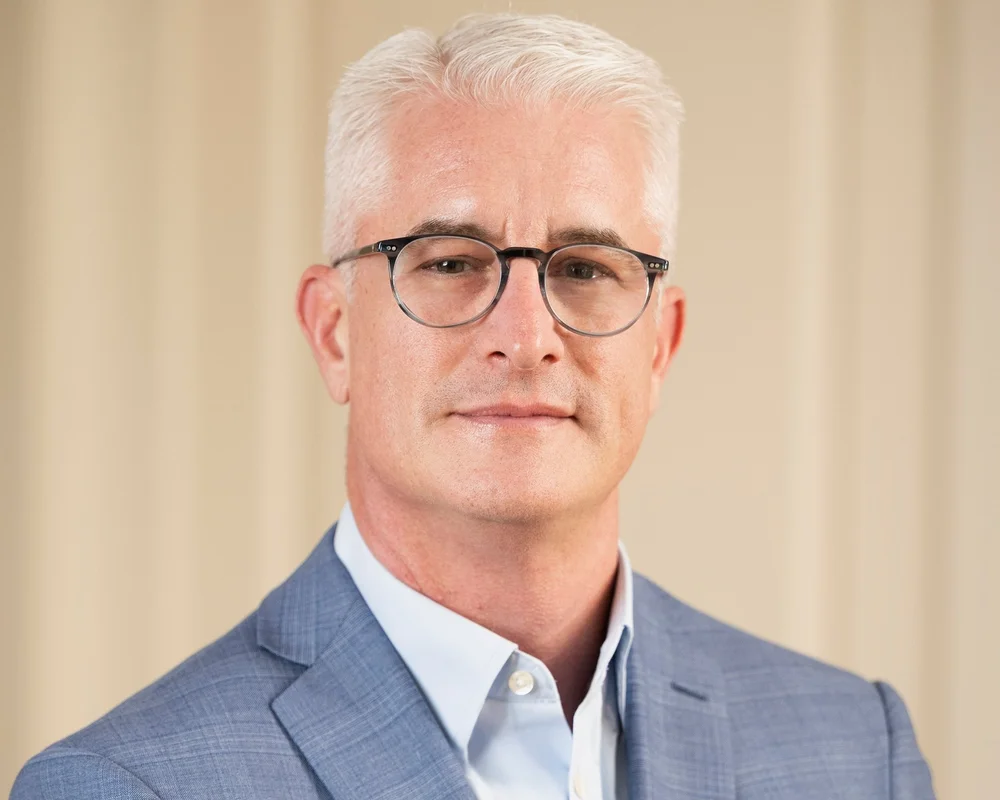This morning, Verizon (NYSE:VZ, news, filings) announced a commercial 100G ULH deployment between Paris and Frankfurt. No, not a plan to work together with someone to investigate possibly thinking about trying out some gear, they have actually deployed within a production network. That does seem to win them the blue ribbon in the race to commercialize 100G. As for commercial viability, with just one link who can tell? Regardless, they did it, and a quick check of the calendar says it is still 2009!
The 100G link is supporting Verizon Business’s Private IP products, which means it isn’t part of the public internet but there’s no reason it couldn’t be. The technology behind it is that of Nortel, which may be part of Ciena in a few months if things go the way they are expected to. In other words it is over a single channel, not a bunch of aggregated 10G pipes. No doubt we will be hearing from some of the other 100G projects soon in response.
Now, we might ask just how ultra-longhaul the route between Paris and Frankfurt really is (less than 300 miles as the crow flies, 500 or so miles through the conduits), but that’d be a bit too picky. Verizon didn’t talk about when it will implement 100G on a second segment, but again it’s enough that they’ve taken the plunge. For now, let’s just hope that 100G is here and that this snowball is now officially rolling down the hill. When 2010 arrives we will look for more than that.
If you haven't already, please take our Reader Survey! Just 3 questions to help us better understand who is reading Telecom Ramblings so we can serve you better!
Categories: ILECs, PTTs · Internet Backbones · Telecom Equipment






Robert, Crows flying and Snow Balls?
Oh my, your writing is beginning to sound encrypted! 🙂
Bartender, I think he’s had enough, don’t you? 🙂
No doubt, my friend. But there’s nothing like a stiff, pick me upper, early in the morning watching Crows Fly and Snow Balls rolling down hills! 🙂
100 -gig — long haul will soon be free just like voice — buy a local data package … it all comes as “basic” or can be viewed as table stakes … short long haul stocks …
Strategy makes sense … Google can’t afford free long haul though they are building and buying oceanic pipes … all broadband is local.
The commodity pipes are long haul and oceanic … 100 gigs is a stepping stone to terabyte and zeta byte transmission – first by bonding, them by laser … all a function of time.
If I’m understanding Mr. Rusin correctly, is he making a call to short GOOG? No, that couldn’t be, he must be talking about (3), GLBC, or others! At the same time, a player like (3) with all of its long haul “table stakes” better have moved their network radius closer to the end users of its customers in order to potentially go direct with product differentiating, “value added and enhancing” solutions like CDN, I guess? That must be why, almost every day, FOOLS from FOOL LAND, attempt to identify that FREE LOADING CDN called AKAM, as the next best thing to witnessing a shooting star!
The carrier business is no different from the like businesses that preceded it before.
Railroads – own the unique routes and short lines to the mines and mills that produce traffic
Canals – own the choke points and benefit from the increase in traffic
Silk Road – own the critical exchanges where business was conducted out of necessity and extract a tax.
Real Estate – by definition unique, own the right location, or buy someplace and convince others it is the right location by providing infrastructure.
This business is so great because if operated properly you really have to try to screw it up.
It should be noted that throughout history most large infrastructure projects bankrupted the original owners, and it was the second round (or third, but it was the _last_) that got the assets cheap. Think Eurotunnel, Panama Canal, 1st Trans Atlantic Cable, etc.
That’s why Warren Buffet bought Burlington Northern for $26 billion. Per Warren; “‘I paid a premium” “They have unique routes” and “it would cost someone $200 billion to build what we have.”
Somehow in telecoms, Wall Street analysts can’t figure out what Buffet knows …
Great analogies, especially the “Silk Road” while pondering global trade tied to communications today.
I believe you mean it “wasn’t” second or third round financings even, rather the “last” rounds by those who ultimately triumphed at seizing control of those important, yet overinvested assets.
It should be noted that, there were fierce battles for gaining control in advance of BK’s or final financings, which offered some underlying owners, or founders, splendid wealth as a result of those bidding wars.
http://en.wikipedia.org/wiki/Silk_Road
Unfortunately, I guess Mr. Scott has yet to convince Mr. Buffett about your adept value principle in telecom, since at least, 2005’s ASM.
As we know, he ran for the Omaha Hills, at least from a common man’s perspective, in 03.
It’s sort of ironic seeing Mr. Buffett becoming a bull/control freak on rails when historically, he saw them as less important businesses during the time Graham was using them for balance sheet analysis as part of “Securities Analysis” in his class.
On the other hand, maybe it’s a harbinger of what Mr. Schmitt is astutely pointing out assuming there are no exceptions to the rule.
For some strange, sometimes divine reason, I have always learned that, there always seems to be “some” exception to the rule.
I think conscious observers can point to this being factual by listening to daily news, most of the time.
For example, Goldman Sachs met that exception while attributing it to their work being tied to God in Heaven.